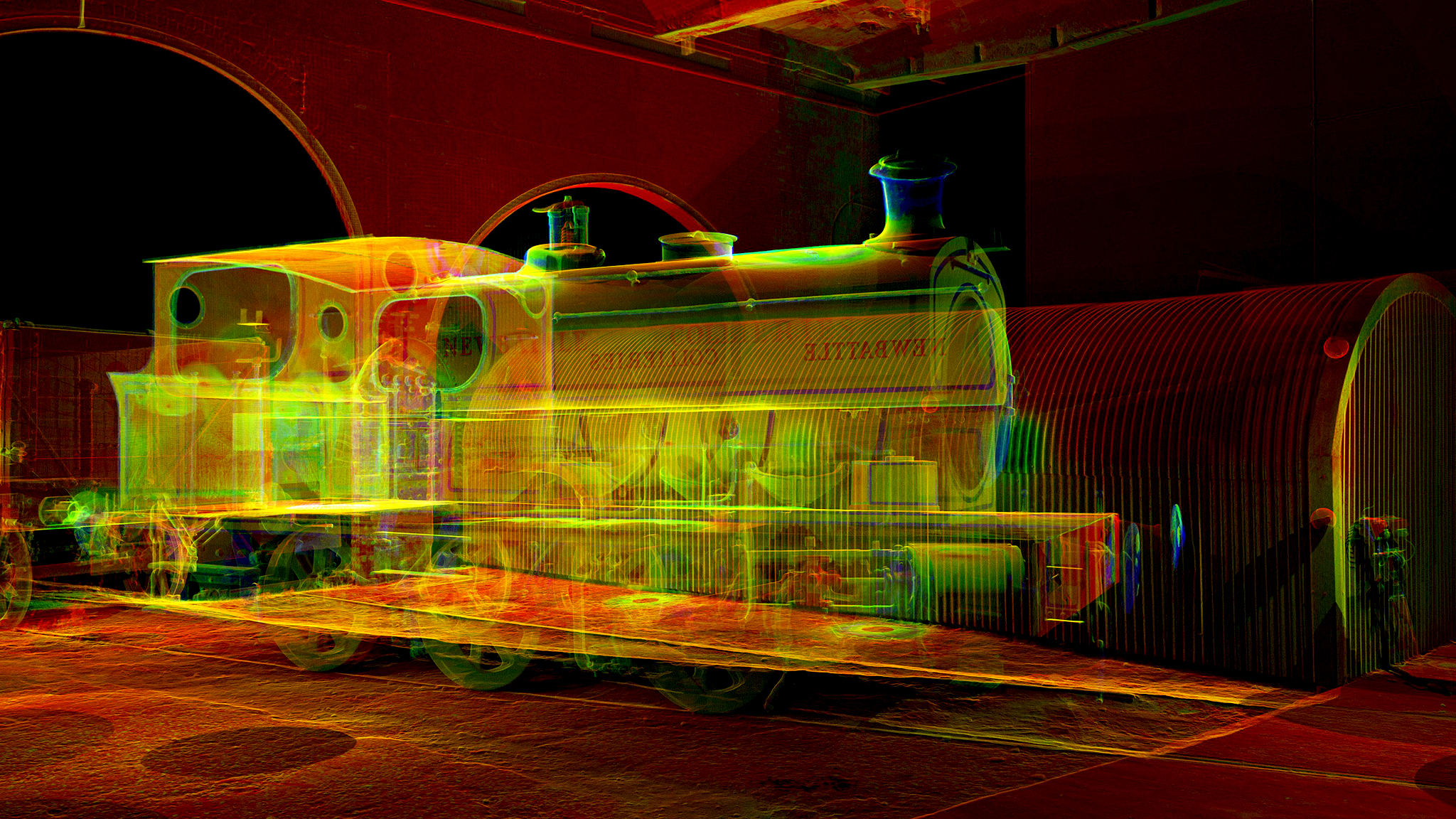The Lady Victoria, a 1916 locomotive, began life in a First World War munitions factory, followed by 54 years working in the coal mining industry, before she was restored by the Scottish Railway Preservation Society in 2018.
She now sits on display in the National Mining Museum Scotland.
Early Life at a First World War Munitions Factory
The Lady Victoria was built in 1916 by Andrew Barclay, Sons & Co., a well-known firm of locomotive manufacturers based in Kilmarnock. Originally, she was known as Number 1458 and was built specifically for use at the Georgetown Ammunition Filling Factory near Paisley during the First World War. Georgetown was originally known as the Scottish Filling Factory but was renamed in 1916 in honour of the Prime Minister Lloyd George.
The construction of the munitions factory facilitated the expansion of the existing railway system, with the creation of Georgetown Station and its link to the main Caledonian Railway line. The station could accommodate trains carrying up to one thousand passengers and Number 1458 was one of six locomotives used to bring people and goods to the factory. Most of the 10,000 workers employed by the factory commuted to work using the factory’s own trains and railway stations.
Life After the War
After the war, Number 1458 was purchased by the Lothian Coal Company and brought to the Lady Victoria Colliery, which was part of the Newbattle Group of collieries. The colliery was linked by railway lines to the neighbouring pits at Lingerwood and Easthouses. One of locomotive’s most important jobs was transporting coal from the pits to the colliery for processing. To reflect her new position, Number 1458 was given a new livery, including the words ‘Newbattle Collieries’ painted along her side.
Nationalisation
In 1947, the Lady Victoria Colliery was taken over by the National Coal Board as part of widespread nationalisation of the industry. While the role of the locomotive remained essentially the same, she was given a new number (N.C.B. No.3) and a new coat of paint as her‘Coal Board ‘Uniform’. The locomotive continued to work at Newbattle Collieries for the rest of her working life, with a brief time spent working at Preston Links Colliery, Cockenzie, in 1959-60. After 54 years of work, the locomotive was taken out of service in 1970.
Restoration and a New Name
After her retirement, Number 1458/N.C.B. No.3 was donated to the Scottish Railway Preservation Society by the National Coal Board. In honour of the place where she had worked for so long, she was given the name Lady Victoria. In 1988, she was exhibited at the Glasgow Garden Festival, for which she was memorably painted yellow. Thirty years later, in 2019, Lady Victoria came on loan to the National Mining Museum Scotland (located at the site of the Lady Victoria Colliery) and was fully restored to her original pre-Nationalisation, Newbattle livery.
3D Recording







